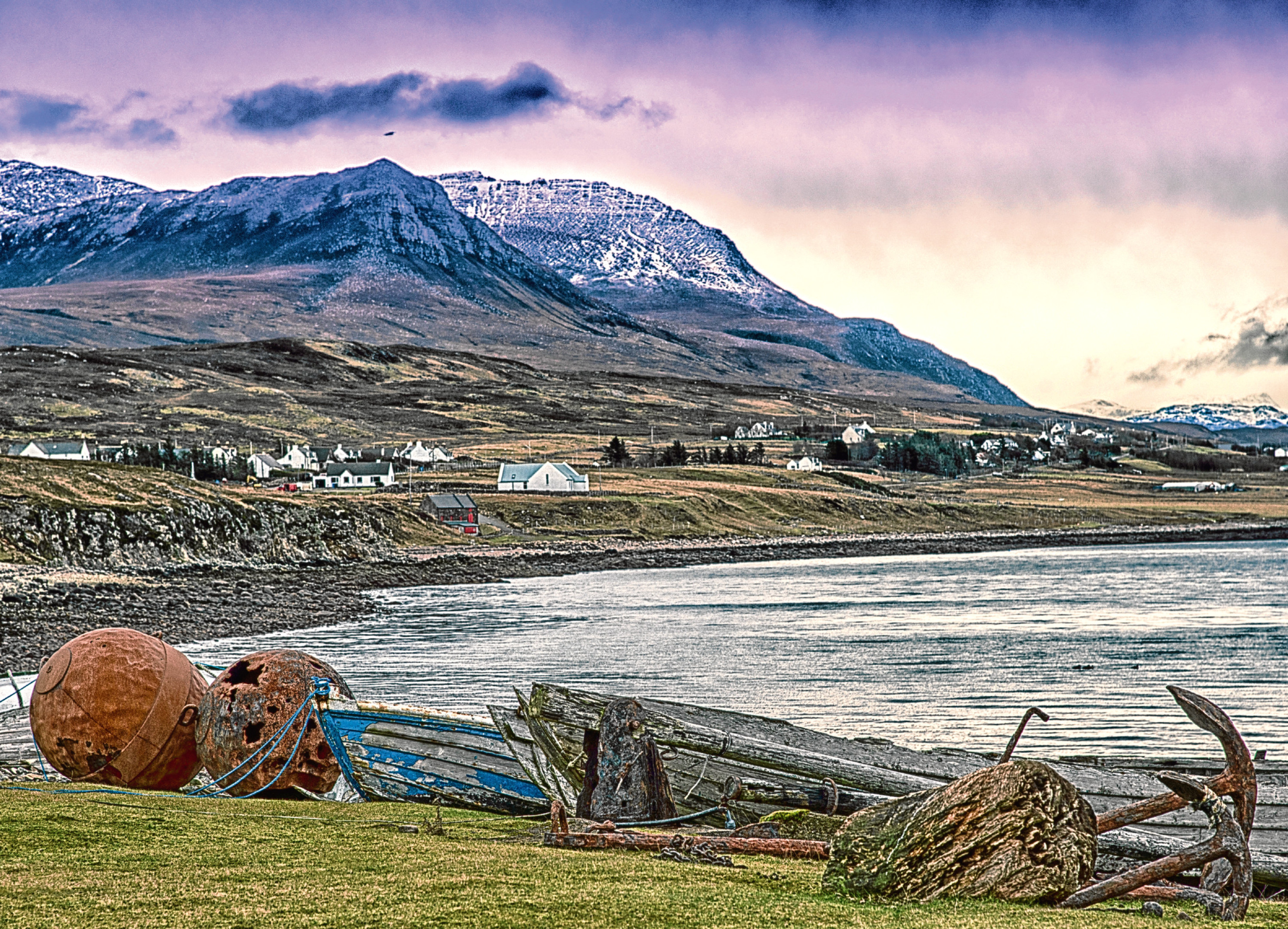
People living in the Highlands and Islands are the happiest in Scotland, according to new research.
The region came top in the latest Bank of Scotland Happiness Index, up from second place last year, with the natural environment and sense of community credited with helping to boost residents’ cheerfulness.
Mid-Scotland and Fife was found to be the second happiest region, scoring 48.6, followed by South Scotland with 46.1.
Those living in Glasgow reported being the unhappiest in the country, with a score of 38.5, far behind the Highlands and Islands, which scored 55.6.
Overall, Scots are slightly less happy than last year as the index recorded a score of 44.6, a small decrease of 0.3 compared to 2018.
Over-65s remain the happiest age group for the fifth year running with a score of 59.3.
The happiness levels of 18 to 24-year-olds have slumped, however, falling seven points to 33.5 to come bottom of the table.
Ricky Diggins, operations director at Bank of Scotland, said: “Residents of the Highlands and Islands will be even happier once they find out they officially live in the cheeriest part of Scotland.
“More remote locations can present some challenges to everyday life, particularly around areas such as transport, but locals highlight the natural environment and sense of community as being key to their happiness.
“We can see that happiness continues to increase the older we get, though this could also be linked to higher incomes as people progress through life.”
The annual nationwide survey asks Scots how happy or unhappy they are in their local communities, to create an official cheerfulness barometer ranging between -100 (very unhappy), to +100 (very happy).
The poll of 3,048 adults aged 18 and over living in Scotland found households with two residents were the happiest, followed by those in households of six or more people.
Those living on their own were the least happy households, falling one place to the bottom of the table.
When it comes to earnings, Scots with a household income of more than £60,000 were happiest, with those earning less than £15,000 the least happy.
The research was carried out by YouGov, with interviews conducted in March 2019.

Enjoy the convenience of having The Sunday Post delivered as a digital ePaper straight to your smartphone, tablet or computer.
Subscribe for only £5.49 a month and enjoy all the benefits of the printed paper as a digital replica.
Subscribe